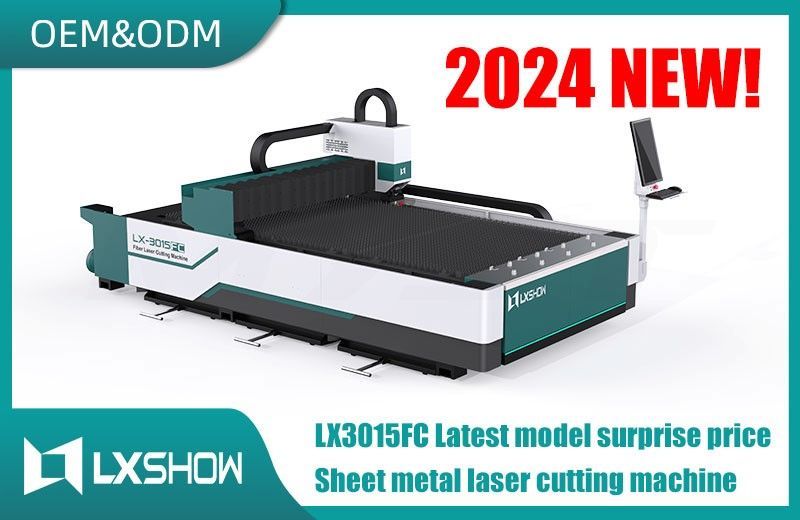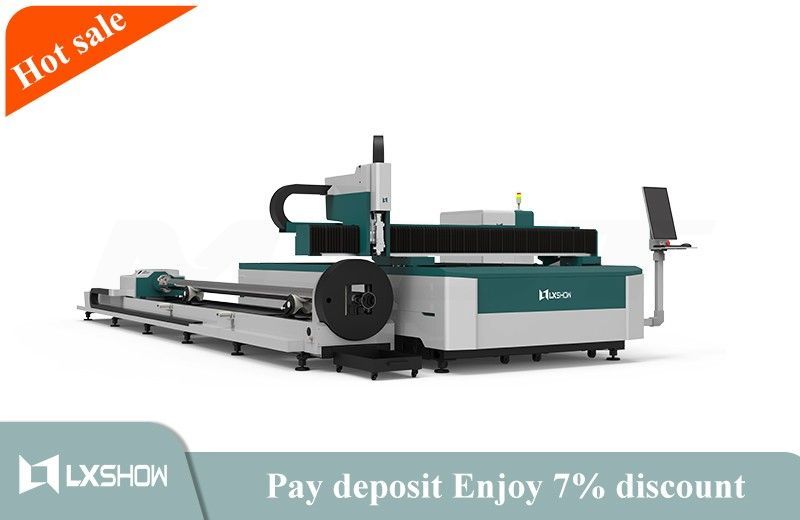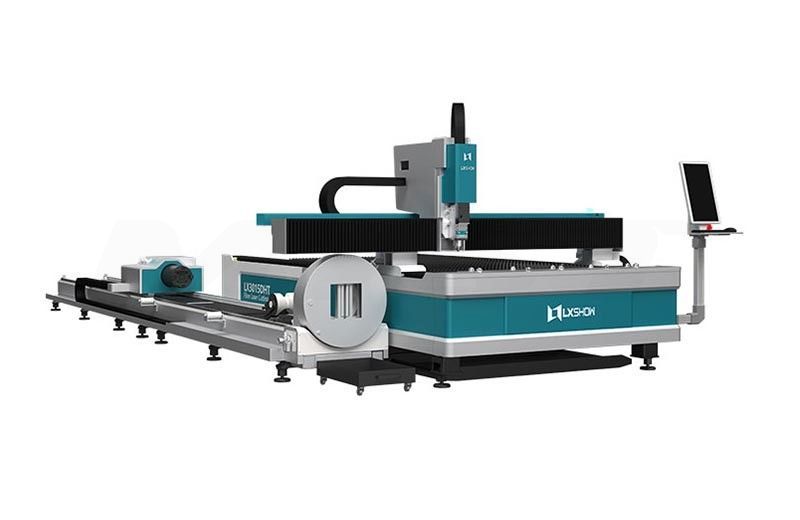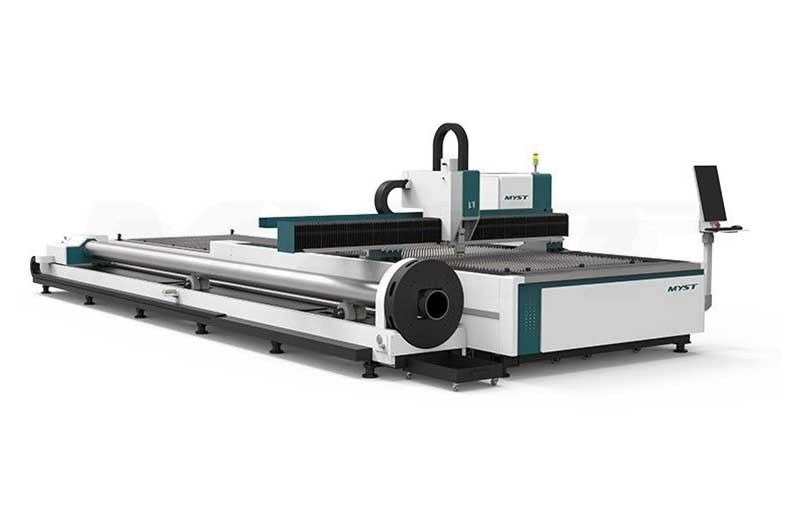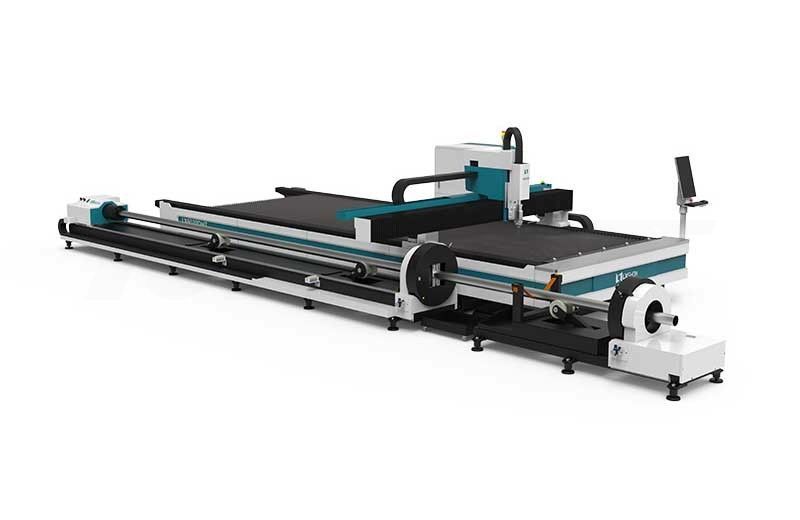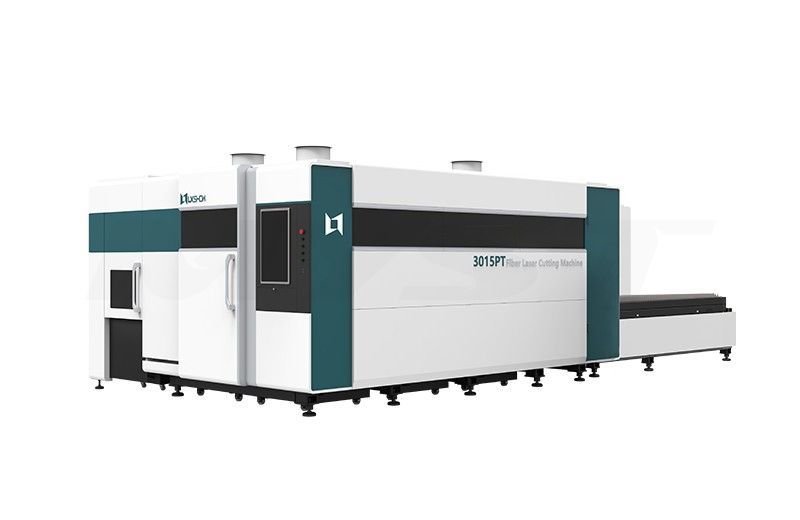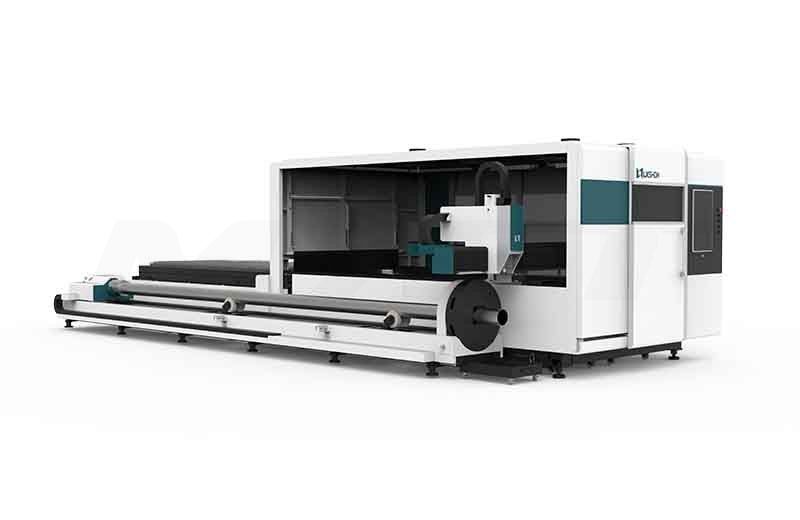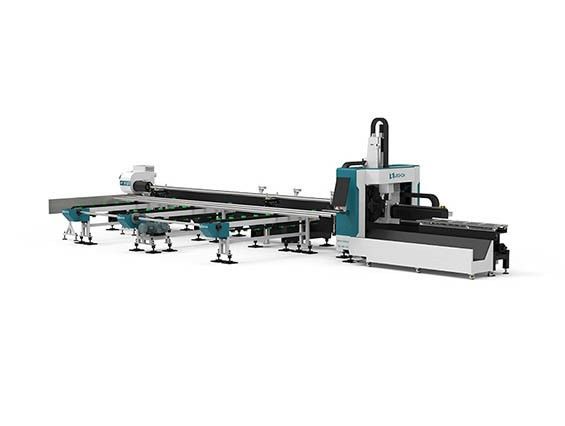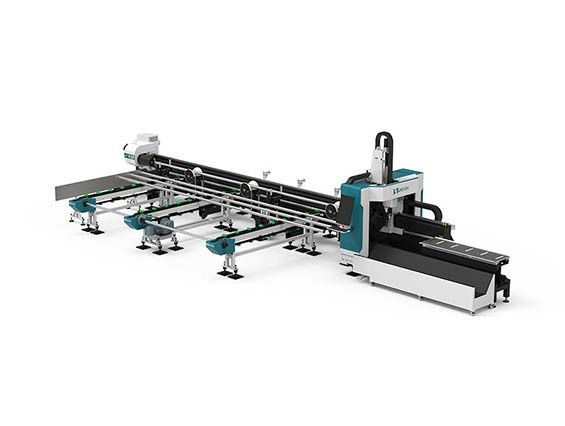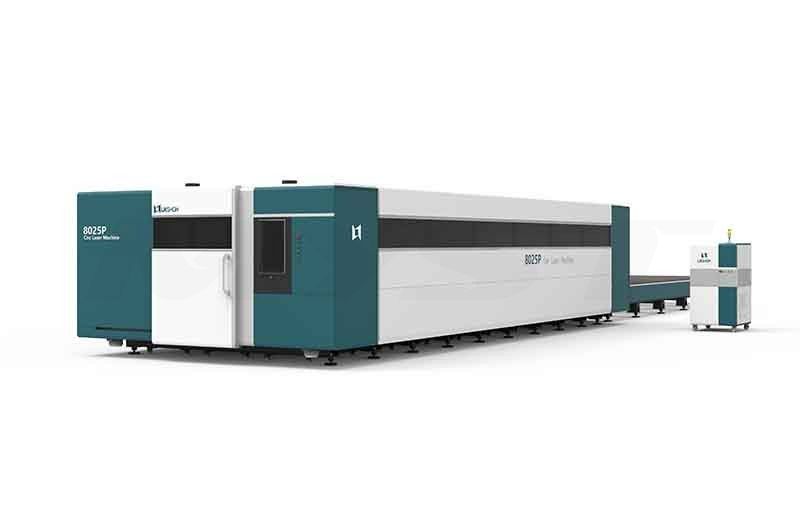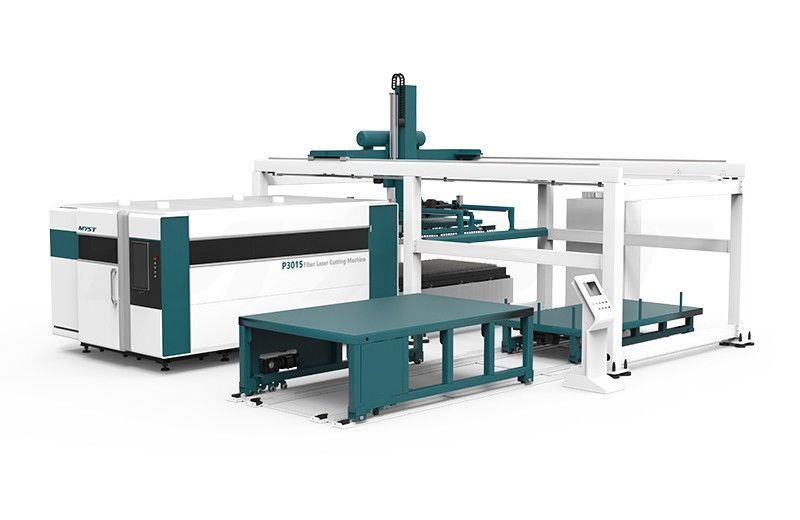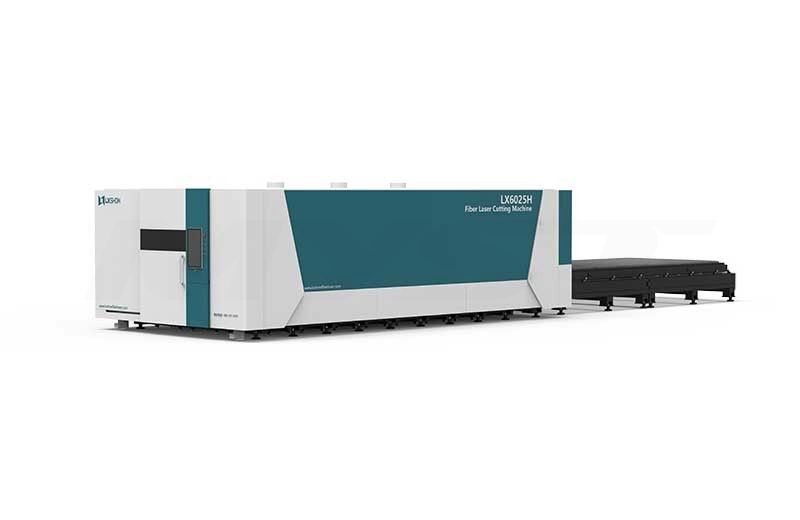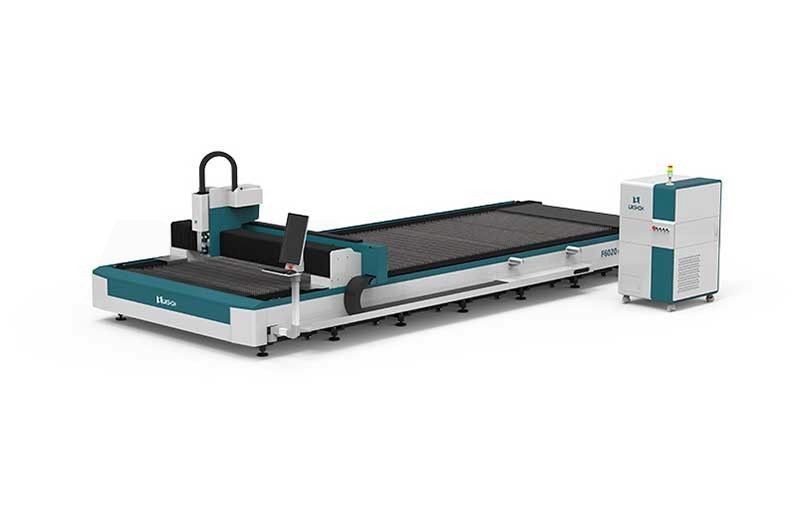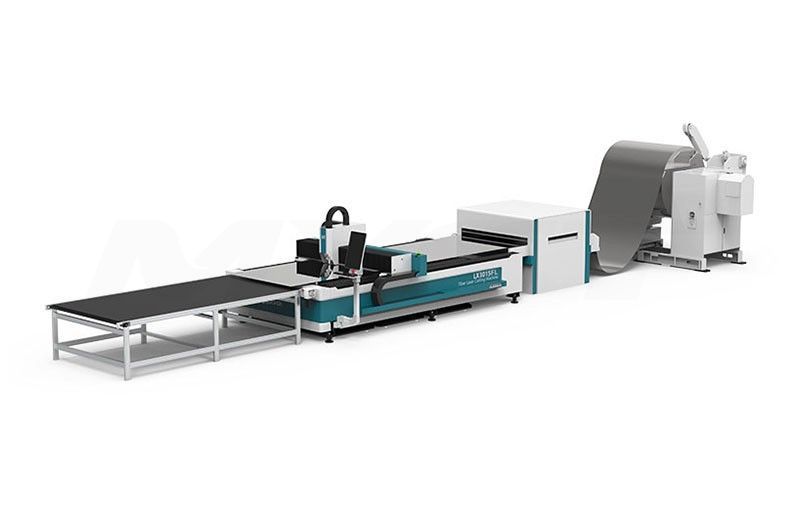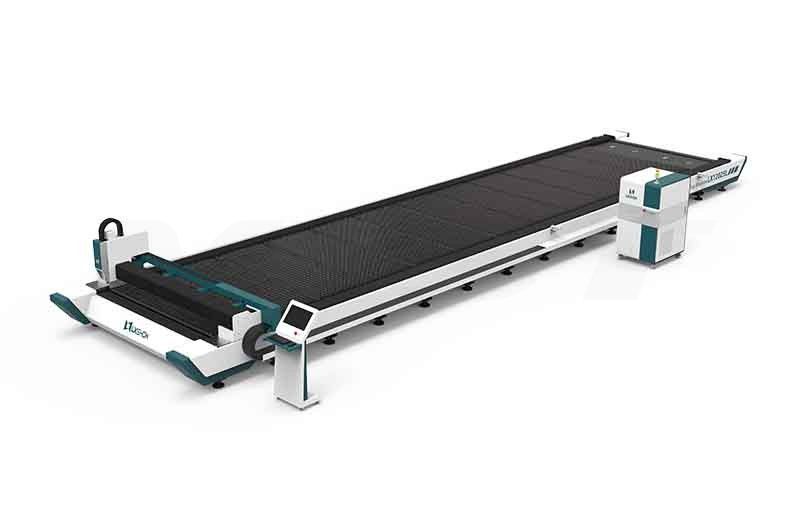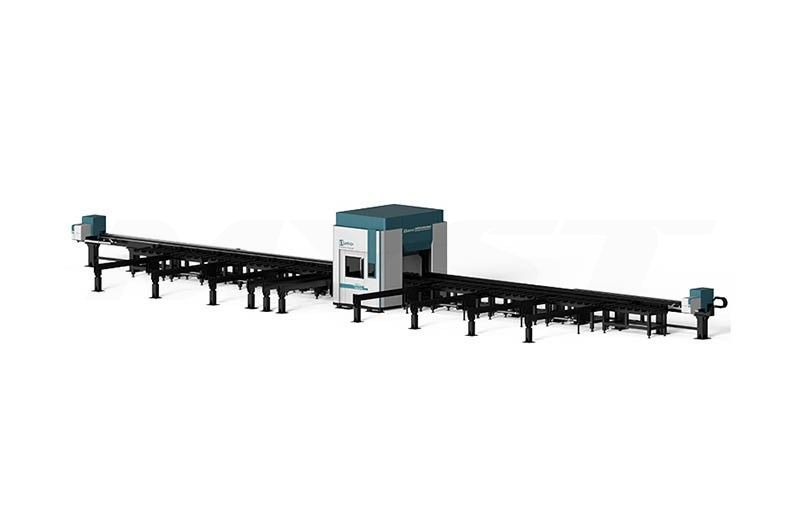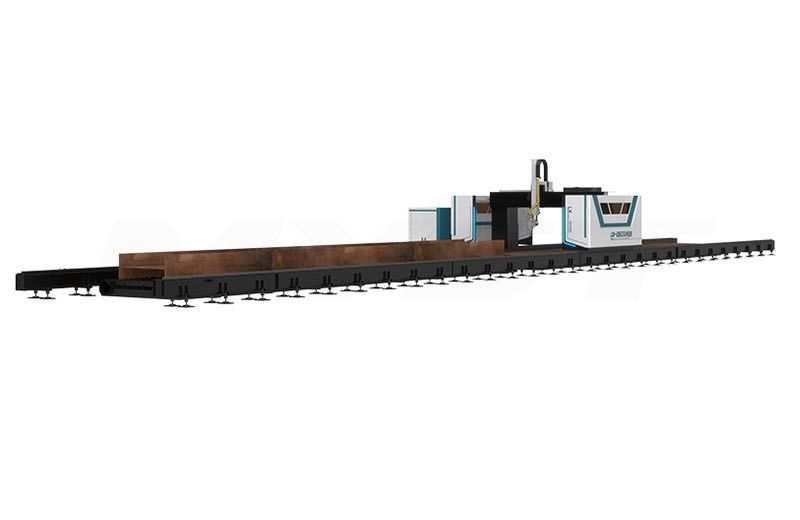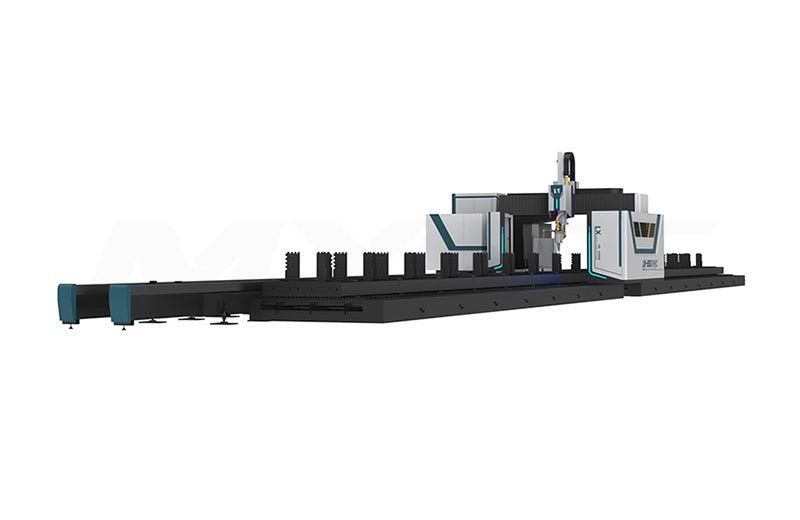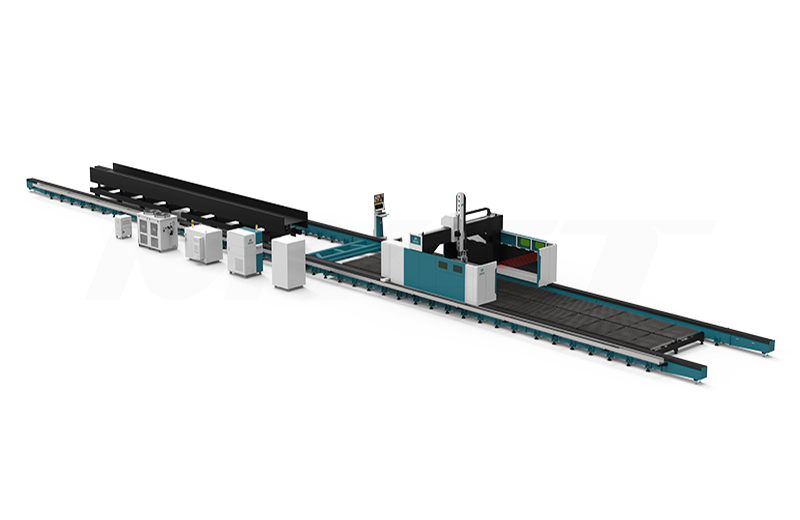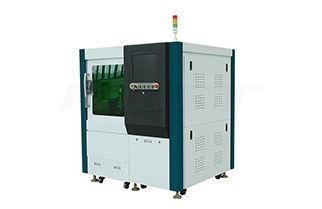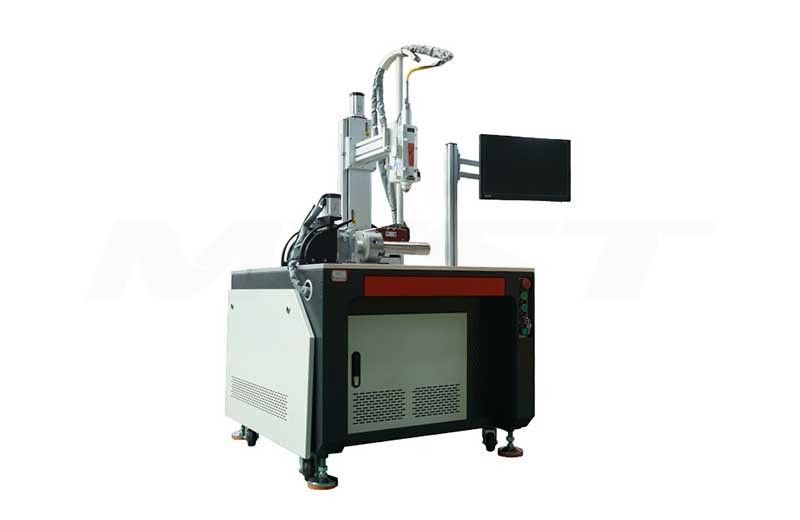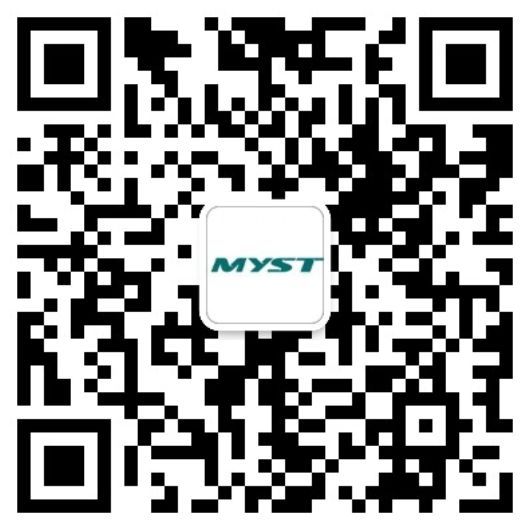Laser Cutting & Power
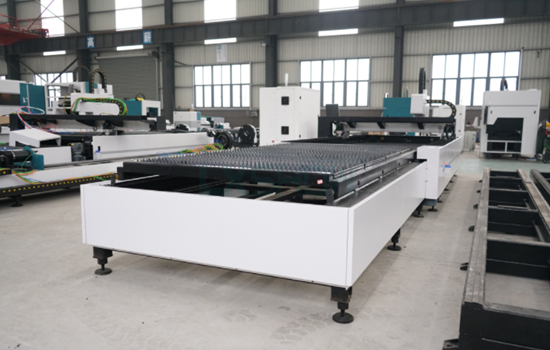
LXSHOW LASER LX3015E
In short, a laser is a focused beam of light, concentrating a lot of energy on a very small area. When this happens, material in front of a laser will burn, melt, or vaporize, making a hole. Add some CNC to that, and you get a machine that can cut or engrave very intricate parts made of wood, plastic, rubber, metal, foam, or other materials.
Every material has its limitations and benefits when comes to a laser cutting. For instance, you may think that a laser can cut through anything, but that's simply not the case.
Not every material is suitable for laser cutting. That's because every material requires a particular amount of energy to be cut. For example, the energy needed to cut through paper is a lot less than the energy needed for a 20-mm thick steel plate.
Keep this in mind when buying a laser or ordering through a laser cutting service. Always check the laser's power or at least what materials it can cut.
As a reference, a 40-W laser can cut through paper, cardboard, foam, and thin plastic, while a 300-W laser can cut through thin steel and thicker plastic. If you wish to cut through 2-mm or thicker steel sheets, you'll need at least 500 W.
Owning a Laser Cutter vs Using a Service
In this age of CNC machines, laser cutters capable of cutting through metal are still too expensive for the average hobbyist. You can buy low-power machines (less than 100 W) fairly cheaply, but these will hardly scratch a metal surface.
A metal cutting laser has to use at least 300 W, which will run you up to at least $10,000. In addition to price, metal cutting machines additionally require gas - usually oxygen - for cutting.
Less powerful CNC machines, for engraving or cutting wood or plastic, can go from $100 all the way up to a few thousand dollars, depending on how powerful you want them to be.
Another difficulty with owning a metal laser cutter is its size. Most devices capable of cutting through metal require the kind of space only available in a workshop.
Nevertheless, lasers cutting machines are getting cheaper and smaller every day, so we can probably expect desktop laser cutters for metal in the next few years. If you're just starting with sheet metal designing, consider online laser cutting services before buying a laser cutter. We'll look at a few options in the following!
Whatever you decide, keep in mind that laser cutters are not toys, especially if they can cut metal. They can seriously injure you or cause serious damage to your property.
Design Tips
Since laser cutting is a 2D technology, it's very easy to prepare files. Simply draw a contour of a part you want to make and send it to an online laser cutting service.
You can use almost any 2D vector drawing application as long as it allows you to save your file in a format suitable for your chosen service. There are many CAD tools out there, including ones that are free and designed for 2D models.
To make your first laser cut sheet metal part, you have to do the following:
1. Draw a contour of a part you want in a vector drawing software.
2. Save it in a suitable file format (check the list of online services and supported file types).
3. Upload it to an online laser cutting service.
4. Check the price or ask for a quote, and if the price is right, order the part.
5. Wait for delivery.
Before you order something for laser cutting, you should follow certain rules. Most of the services will have some kind of a guide on their site, and you should follow it while designing your parts, but here are some general guidelines:
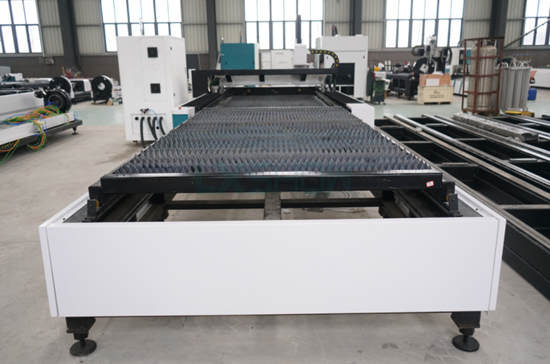
LXSHOW LASER LX3015E
1. Closed contours
All cutting contours have to be closed, period. This is the most important rule, and most logical. If a contour remains open, it will be impossible to remove the part from the raw sheet metal. The only exception to this rule is if lines are meant for engraving or etching.
2. Line colors and thicknesses
This rule is different with each online service. You should check the required color and line thickness for cutting. Some services offer laser etching or engraving in addition to cutting and may use different line colors for cutting and etching. For example, red lines could be for cutting, while blue lines might be for etching.
Some services don't care about line colors or thicknesses. Check this with your chosen service before uploading your files.
3. Round holes
If you need holes with tight tolerances, it's wise to pierce with a laser and later drill holes with a drill bit. Piercing is making a small hole in the material, which will later guide a drill bit during drilling. A pierced hole should be around 2-3 mm in diameter, but it depends on the finished hole diameter and material thickness. As a rule of thumb, in this situation, go with the smallest possible hole (if possible, keep it as large as the material thickness) and gradually drill bigger and bigger holes until you reach the desired diameter.
4. Threaded holes
This makes sense only for material thicknesses of at least 1.5 mm. Steel, for example, melts and evaporates when it's laser cut. After cooling down, the cut hardens and is very hard to thread. For this reason, it's a good practice to pierce with a laser and perform some drilling, as explained in the previous tip, before thread cutting.
5. Corner fillets
Sheet metal parts may have sharp corners, but adding fillets on every corner - of at least half the material thickness - will make parts more cost-effective. Even you don't add them, some laser cutting services will add small fillets on every corner. If you need sharp corners, you should mark them as described in the service's guidelines.
6. Notches and tabs
The minimum width of a notch must be at least 1 mm or the material's thickness, whichever is greater. The length should be no more than five times its width. Tabs have to be at least 3 mm thick or two times the material's thickness, whichever is greater. As with notches, the length should be less than five times the width.
The distance between notches must be at least 3 mm, while the tabs must have a minimum distance from each other of 1 mm or the material thickness, whichever is greater.
Failing to follow this rule may result in a deformed part.
7. Multiple parts or thin features
When cutting multiple parts on the same sheet of metal, a good rule of thumb is to leave a distance of at least the material's thickness between them. If you put parts too close to each other or cut very thin features, you risk burning away material between two cutting lines.
If you want to know more about fiber laser cutter, please contact LXSHOW.








